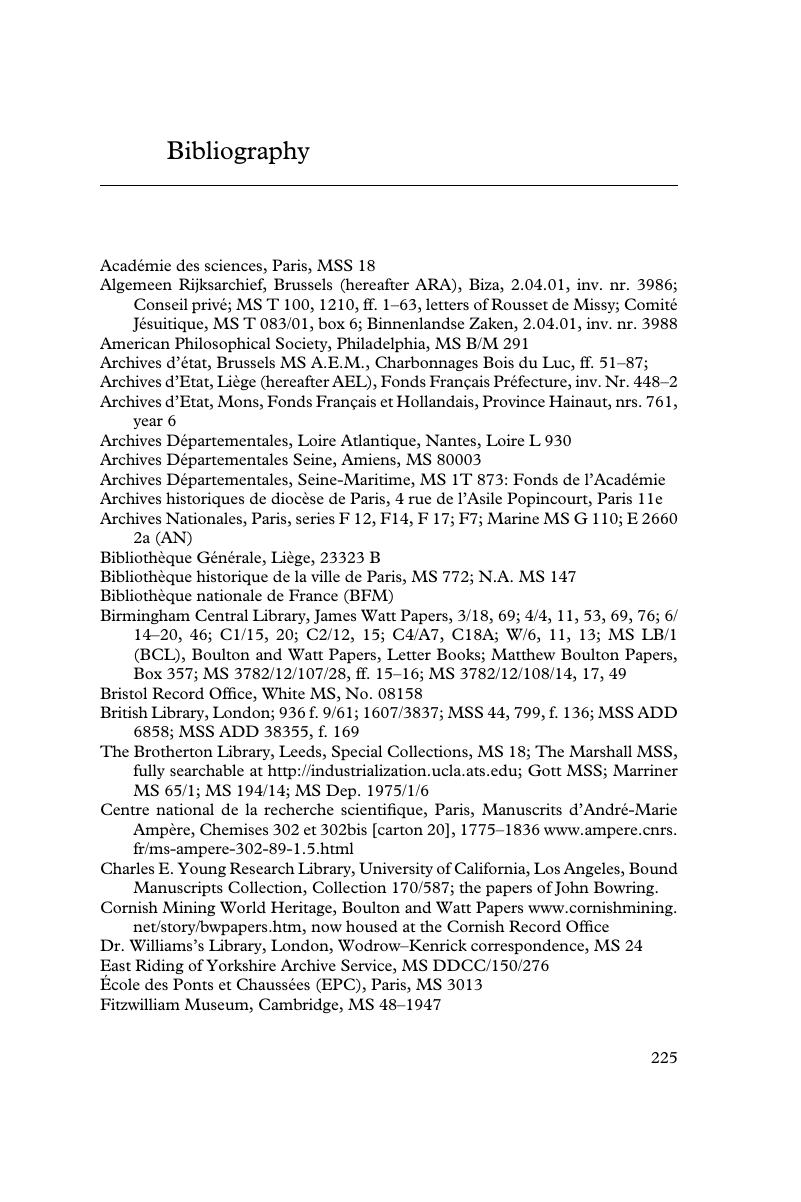Book contents
- Frontmatter
- Contents
- List of Figures
- List of Maps
- Acknowledgements
- Introduction
- 1 A portrait of early industrial lives
- 2 The knowledge economy and coal
- 3 Technical knowledge and making cotton king
- 4 Textiles in Leeds
- 5 The puzzle of French retardation I
- 6 The puzzle of French retardation II
- 7 Education and the inculcation of industrial knowledge
- Conclusion
- Bibliography
- Index
- References
Bibliography
Published online by Cambridge University Press: 05 June 2014
- Frontmatter
- Contents
- List of Figures
- List of Maps
- Acknowledgements
- Introduction
- 1 A portrait of early industrial lives
- 2 The knowledge economy and coal
- 3 Technical knowledge and making cotton king
- 4 Textiles in Leeds
- 5 The puzzle of French retardation I
- 6 The puzzle of French retardation II
- 7 Education and the inculcation of industrial knowledge
- Conclusion
- Bibliography
- Index
- References
Summary

- Type
- Chapter
- Information
- The First Knowledge EconomyHuman Capital and the European Economy, 1750–1850, pp. 225 - 246Publisher: Cambridge University PressPrint publication year: 2014



